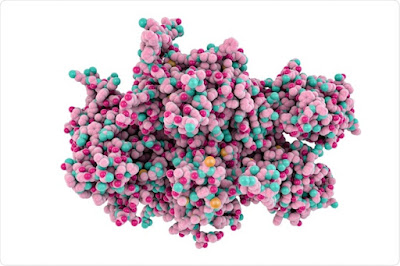Recombinant Protein Is Encoded By Recombinant DNA, Which Is Cloned In A System Supporting Expression Of The Gene And Translation Of Messenger RNA
 |
Recombinant Protein |
Recombinant protein production has two major steps. The first step is to clone the gene of interest in an expression vector. Once the gene has been successfully transformed into the host of choice, the recombinant protein is ready for characterization and purification. However, during the process, dozens of things can go wrong. The recombinant proteins are produced by a host organism only after the appropriate expression genes are added. The proteins are expressed by the host only when the desired expression genes are added. The gene surrounding the DNA of interest acts as a signal for transcription and translation. The three types of signals are the promoter, ribosome binding site, and terminator. The final product is a recombinant protein that is both functional and stable.
While recombinant protein production is relatively straightforward, it is prone to problems. The chosen plasmid system may be unstable, and the recombinant protein itself may be poorly expressed. The proteins in the recombinant culture are usually diluted in the fresh media to prevent these problems. The dilution in high-density cultures increases the risk of contamination.
Aside from its potential to increase the amount of protein in a given organism, recombinant proteins can be used in numerous laboratory techniques. The recombinant proteins can be used as positive controls in immunohistochemistry and ELISA tests. These can be useful in studying the cellular response to disease. These recombinant proteins are not only helpful in research, however, they are also useful in clinical settings. Recently in February in 2021, GSK and Sanofi initiated new Phase 2 study for selecting the most suitable antigen dosage for Phase 3 assessment of their COVID-19 vaccine candidate, which is an adjuvanted recombinant protein.



Comments
Post a Comment